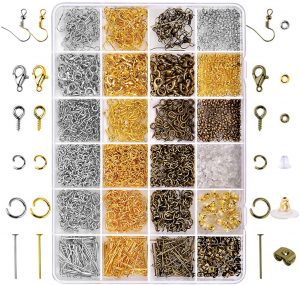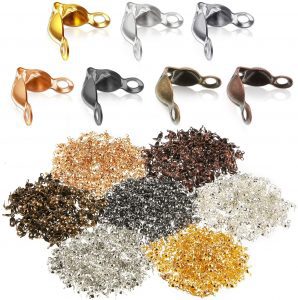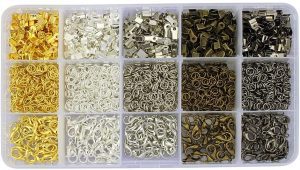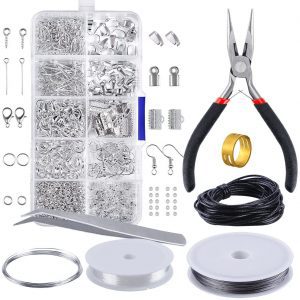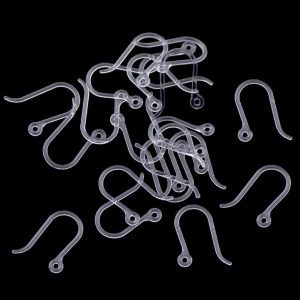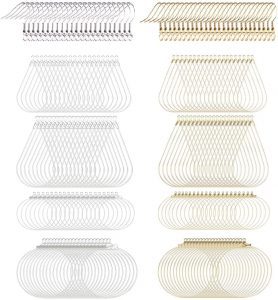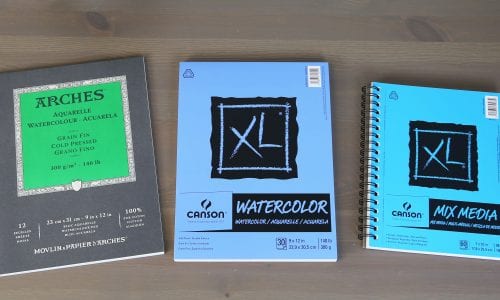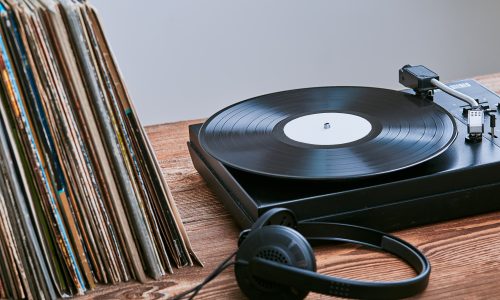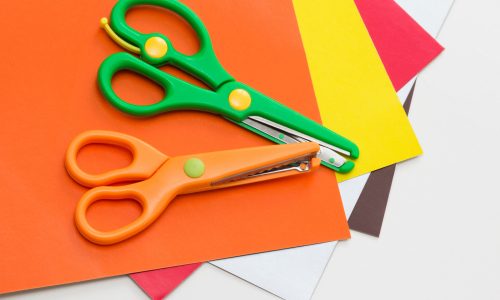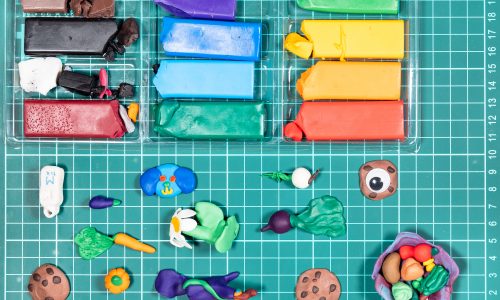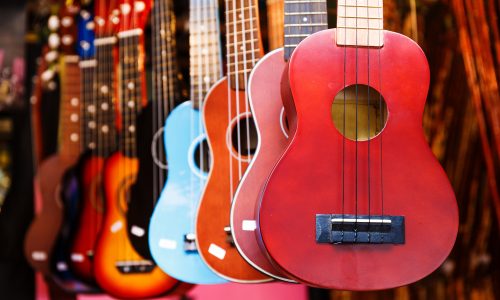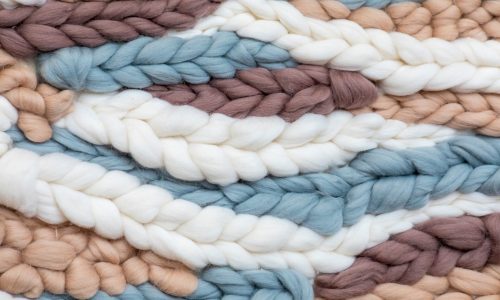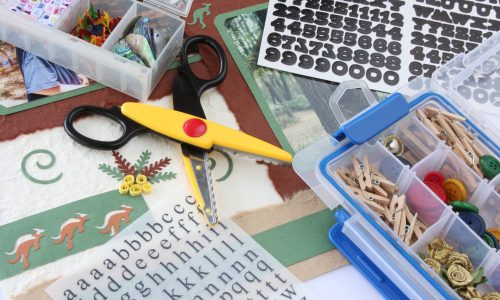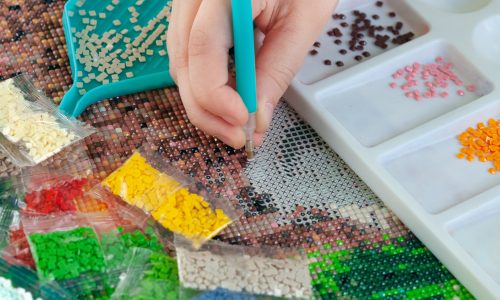The Best Jewelry Findings
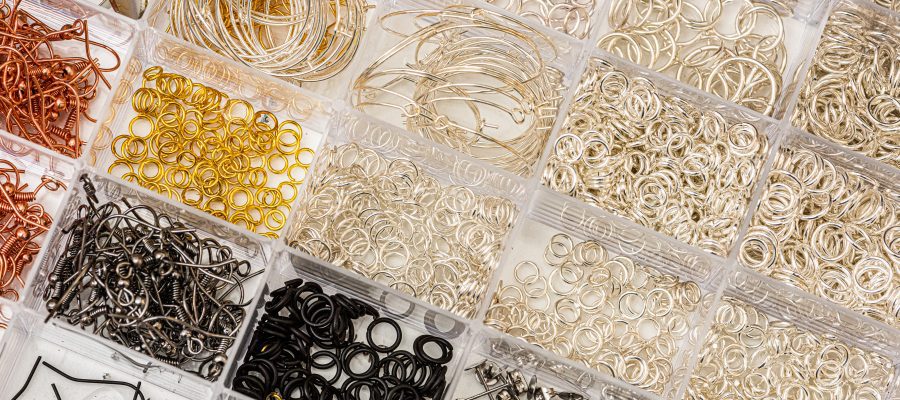
Our Review Process
Don't Waste Your Money is focused on helping you make the best purchasing decision. Our team of experts spends hundreds of hours analyzing, testing, and researching products so you don't have to. Learn more.
Our Picks For The Top Jewelry Findings
- 1. PAXCOO Assorted Anti-Rust Jewelry Findings, 2880-Piece
- 2. Syhood Iron Bead Tip Knot Covers Jewelry Findings, 1400-Piece
- 3. LolliBeads Lobster Claw Clasps Jewelry Findings, 1900-Piece
- 4. PP OPOUNT Repair Tools & Assorted Jewelry Findings Set
- 5. AKOAK DIY Jewelry Hook Findings Plastic Post Earrings, 25-Pairs
- 6. SKYCOOOOL Beading Hoop Earring Jewelry Findings, 200-Piece
With this set, you’ll get 24 different types of jewelry findings for a total of 2,880 pieces. It all comes in a high-quality clear plastic box that will be a great addition to any crafter’s supply. The accessories are made of a combination of alloy and plastic, with electroplated coating to keep the alloy from rusting.
Great for BeginnersGet started with jewelry making with this kit, which includes 24 different types of findings.
The clamshell shape of these findings is perfect for your beaded necklaces and bracelets. The shape is great for hiding knots and crimps in your jewelry for a sleek, polished look. You’ll get 1,400 pieces in this set, each measuring 0.16” W x 0.28” x 7mm L with a hole that is only 1.5mm.
Wide VarietyChoose from gold, silver or a multicolor option that gives you all the variety you need.
Keep plenty of jewelry findings on hand with this set of 1,900-piece kit that comes in a handy kit. You’ll get findings in antique bronze, gold, silver, platinum and black to ensure you’re always well stocked. Each piece is checked for quality control before being packed and shipped.
Handy for Quick FixesAlways have extra clasps on hand with this set, which will help you handle all those emergency fixes.
You’ll be ready to get started on your jewelry-making journey with this kit, which includes 10 different kinds of findings, one brass ring, four types of beading wire, pliers and a pair of tweezers. The findings include lobster clasps, jump rings, pins, crimp beads, earring hooks and ribbon clamp crimps, among other items. Each finding type is pa...
Stock Your Craft RoomThis kit includes everything you need to make jewelry, including findings, pliers and tweezers.
Buying Guide
If you’ve ever looked for that perfect piece of jewelry, you understand the value of making your own. With a little creativity and the right products, you can craft eye-catching items to either wear yourself or give as gifts.
To get started with jewelry making, you first need to know about findings. Jewelry findings are the small parts on any necklace, bracelet, ring or other accessory that keep your decorative items secure. They include parts like spring rings, crimp beads and eye pins—all things professional jewelers know well, but crafters quickly learn as they get started.
The first step when you’re choosing findings is to ensure they match. You’ll need a selection of yellow gold if you plan to make yellow gold-toned jewelry, for instance, but it can always help to have neutrals like stainless steel clasps. Visuals are only part of your findings selection process. There are some key features to consider as you start stocking your craft room.
There are a few basics you’ll need to master if you’re getting started with jewelry making. One is how to open and close a jump ring. For this, you’ll need a good pair of pliers, which will be one of your handiest tools as a crafter. You can use either flat-nose or snipe-nose pliers. Experiment with both until you find what works best for you.
As your jewelry-making skill advances, there are a few other tools you’ll likely acquire. Wire cutters will come in handy, and you’ll eventually want some metal stamps to make custom-designed charms and pendants.
For all this, of course, you’ll need storage. Some jewelry findings come in cases of their own, and that’s great, but you might want to invest in larger cabinets to handle all your supplies as you get more experience. Some people set up an entire room, or at least a corner, in their home for jewelry making. Having your own space can also help you move into crafting mode and possibly even keep household members from interrupting you when you’re hard at work.
What to Look For
- Jewelry making can be a fun art to learn, but keep in mind that making earrings differs from making necklaces, which is different from making bracelets or rings. Start by making jewelry for yourself and expand from there. If you’re making jewelry you want to wear, you’ll have fun while you learn, plus you’ll have some items you can show off.
- If you’re new to the craft of jewelry making, look into kits that include all the basics you need, including pliers and tweezers. This can help give you a foundation you can later build on.
- When you’re starting out, you might want to keep your collection smaller, getting just enough findings to learn what you do and don’t want to make. You can then think about expanding into kits with thousands of findings.
- The quality of any metals will make a big difference, even in small pieces like clasps and hooks. Look for metal that won’t rust or corrode. Some are even coated in an alloy specifically designed to maintain the integrity of your metal over time.
- Chances are, you know the type of metals you prefer. You might want to start by building a collection of findings in that metal. However, as your skills grow, you could consider expanding into other metals just to get a little variety in your jewelry collection.
- A jewelry-making hobby can come in handy for those instances when you have a piece of jewelry that breaks. You’ll always have an extra clasp or hook that you can use to make those emergency repairs.
- One of the simplest types of jewelry making is hoop earrings. All you’ll need are the hoops and the ear hooks and you can easily add beads, charms and other items to decorate them.
More to Explore
Jewelry has been found that dates back 100,000 years, but the first known instance of jewelry being made came a little sooner. Evidence has been found that jewelry was made of snail shells and ostrich egg shells in Africa 75,000 years ago. Eventually, jewelry making evolved into using shells, bones and teeth.
But jewelry making really evolved in the time between 3,000 and 5,000 BC in Ancient Egypt, known for its ornate jewelry, particularly on the Pharaoh. During that time, jewelry was made from gold sourced from the Nubian desert due to its softer nature. Semi-precious stones were embedded in the gold to create a more ornate look. Ancient Greeks incorporated even more stones into its jewelry and by 300 BC, Grecians wore jewelry that included emeralds and pearls, among other stones.

